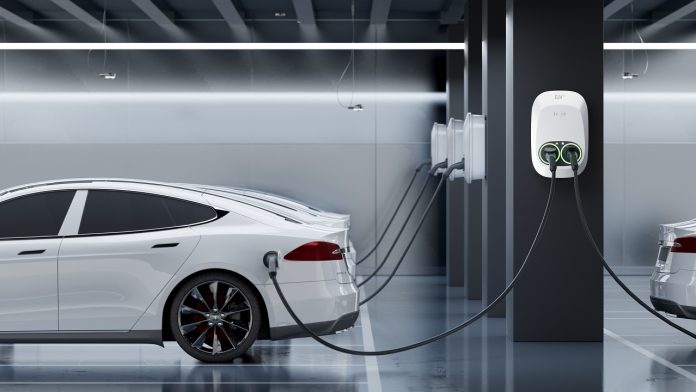Electric vehicles using batteries have been making their name in the automobile industry in recent times. The batteries are a vital component of these automobiles and affect their output, mileage, and efficiency. Various batteries are used in the manufacturing of BEVs with distinct properties and benefits as described below. This article focuses on the various battery forms that have been adopted in BEVs and the crucial part they will play in revolutionizing electric transportation in the future.
Battery Types in BEVs
Lithium-Ion Batteries
Lithium-ion batteries are preferred due to their capacity to deliver energy in greater density, their cycle durability, and their comparatively short self-discharge interval. These batteries can also contain large amounts of energy in proportion to the battery mass, and this makes it possible to achieve higher driving ranges. Furthermore, the potential drawbacks of Li-ion batteries are not as significant as the pros since the technology has evolved, with increased charging rates and safety measures which make them suitable for use by many electric vehicle makers.
Nickel-Metal Hydride Batteries
First-generation BEVs frequently employed nickel-metal hydride (NiMH) batteries, which are now seldom used in BEVs. They can provide strong performance in various temperatures and have a longer cycle life compared to other BEVs so they are appointed in some applications of BEV although they are gradually being replaced by other superior technologies. Additionally, if you want to know more about what is a bev, then click the link.
Solid-State Batteries
Another important and effective battery type is the solid-state battery. These batteries are trending in the market because of their modern technology. As the name suggests, these batteries do not use the liquid electrolyte that is common in most batteries and instead use a solid one; this makes them a potential solution to several problems, including increased energy density, faster charging, and safety concerns. Despite being in the development stage, solid-state batteries have the potential to improve and transform the existing EV performance and safety.
The Functions of Batteries in Powering BEVs
Energy Storage and Range
The primary purpose of the battery in a BEV is to store the electrical energy required to move the car forward. This just serves to highlight the fact that the kind and size of the battery constantly affect the vehicle’s driving range, which is an important consideration for customers. Technological improvements in batteries are to enhance the range of BEVs so that they are similar to non-hybrid ICE cars and are capable of traveling the same distance on a single charge.
Performance and Efficiency
Batteries also have a significant contribution in analyzing the overall performance and efficiency of BEVs. The advanced batteries are capable of providing power thrust for faster acceleration and sustaining a stable power delivery to improve the ride experience. Energy Management and regenerative braking systems add efficiency to battery usage and contribute to the car’s efficiency.
Conclusion
Battery technology is especially critical to the progress of BEVs since battery technology is at the core of the BEV. Lithium-ion, in turn, includes various forms such as Helium lithium-ion, while new generations of batteries include solid-state batteries with their advantages and disadvantages. These batteries will evolve with the advancement in technology and continue to improve the capacity, density, and efficiency of electric vehicles, making the world greener. The manufacturers consider sustainable practices and recycling of batteries as crucial in mitigating the ecological impact of BEV batteries.















